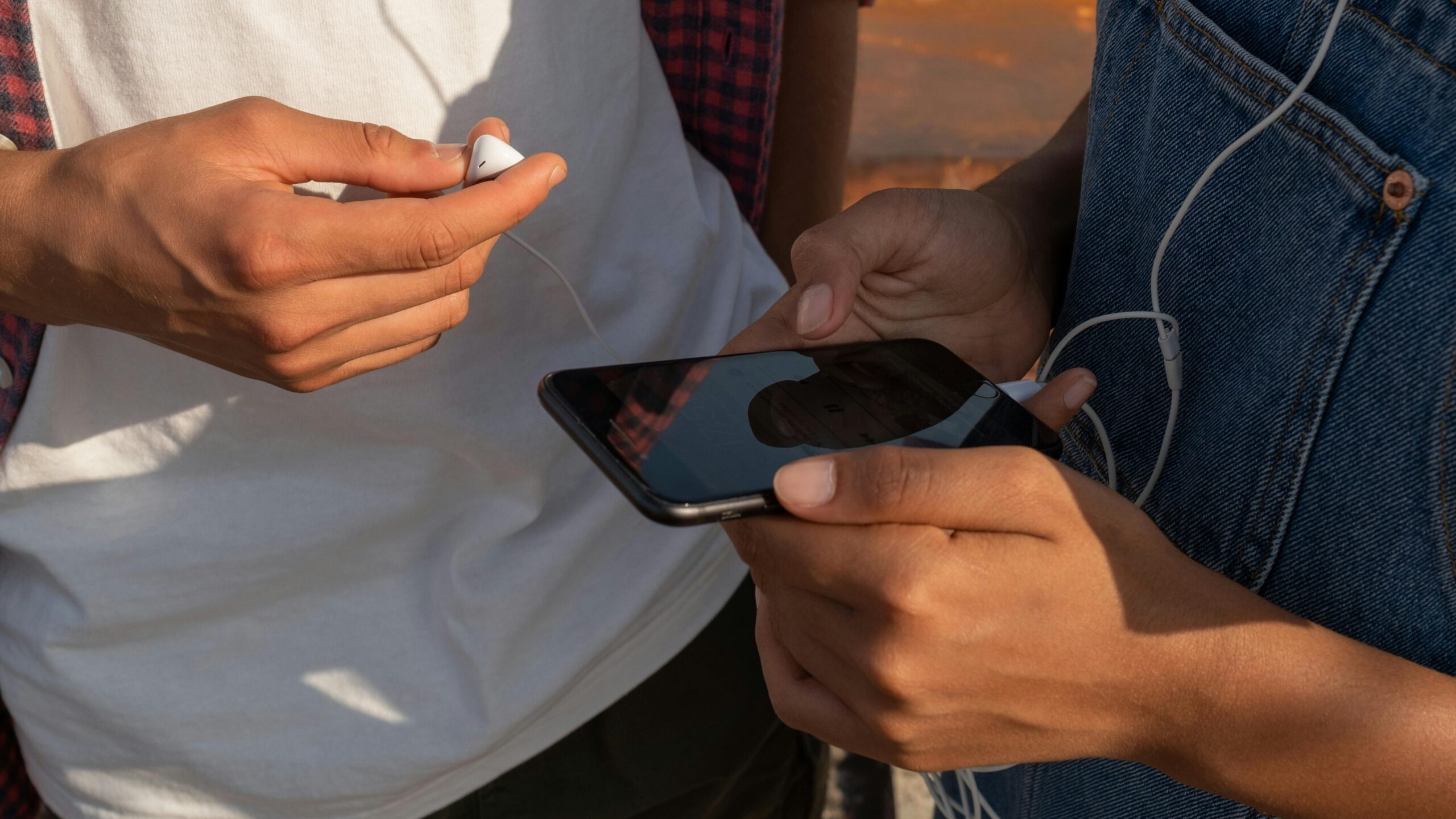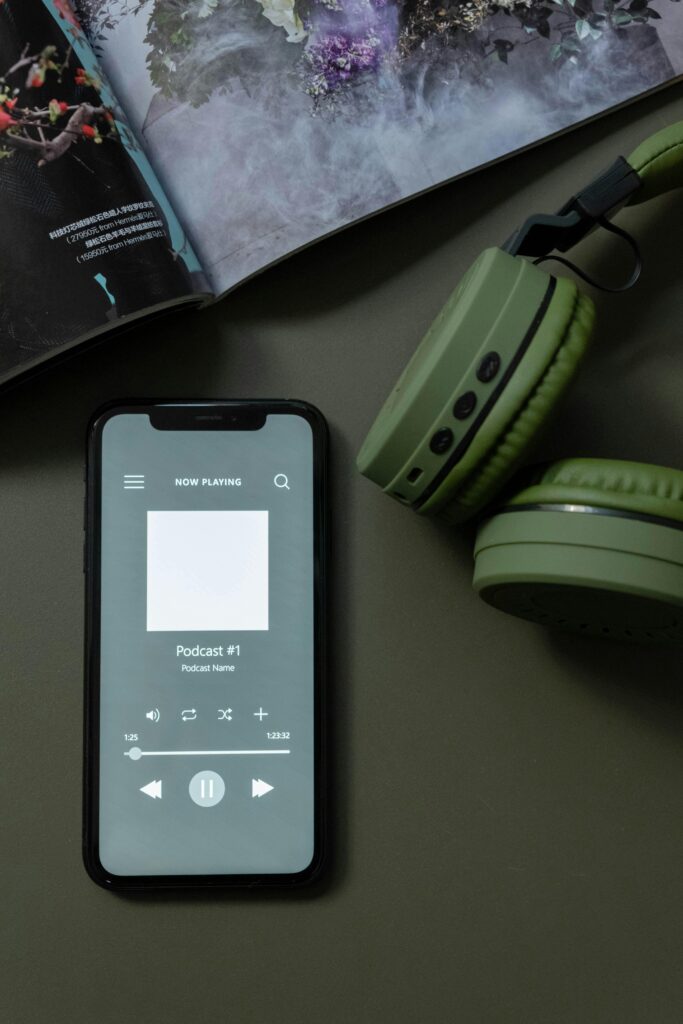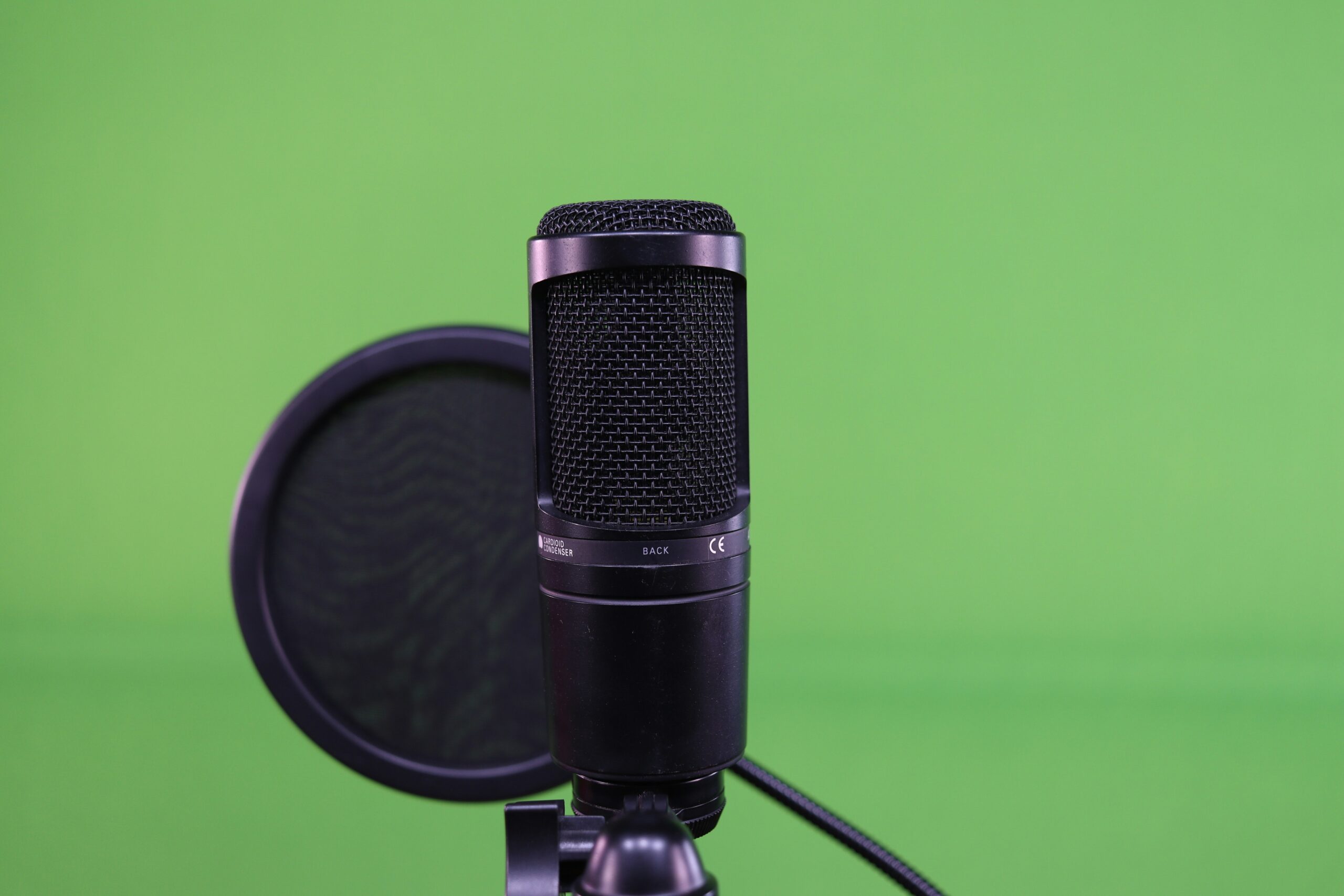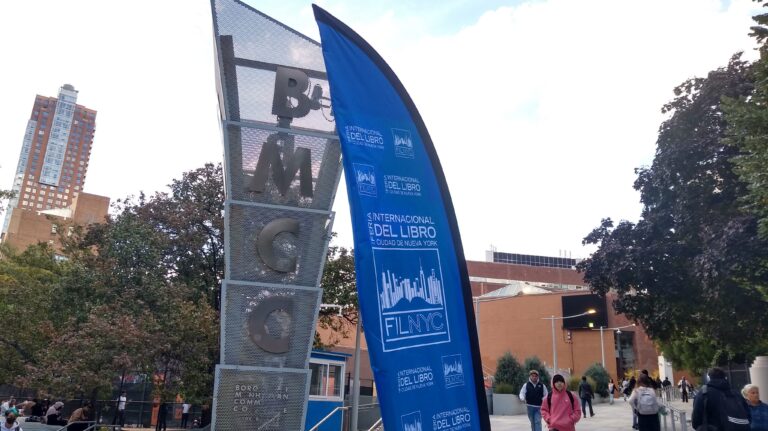Podcasts, Information, and Elections: From the Microphone to the Heart
Listening to a podcast is like having someone whisper something in your ear, Nadia Reiman of This American Life tells us, there’s a connection with the human spirit. And she’s right. These episodes are with us almost daily, on our commutes and when doing chores. More guests are featured, more questions are asked, and the microphone stays on. But not everything is paradise in the ocean of information and entertainment. Podcasts are relevant because of the current discourse that often pits new media (everything that’s digital) against traditional media (radio, newspaper, television, etc.), as well as their intersection with political elections.
So, what’s happening at the intersection of information and podcasts? Journalistic podcasts took the stage at the 2024 New York City International Book Fair (FILNYC). The talk, “This is what our stories sound like: The rise of podcasts in journalism,”[1] featured Jasmine Garsd of NPR, Daniel Alarcón of Radio Ambulante, and Nadia Reiman of This American Life. For context, according to a 2023 Pew Research Center report, the majority (67%) of podcast listeners in the United States have listened to news content on podcasts. Therefore, it was good timing to include this medium at the FILNYC to get a journalistic and Latin American perspective on the topic.
The panel also coincided with the presidential elections in the US (and in 60+ other countries) that some have called the “podcast election.” Nevertheless, President Donald Trump has a long history of hostility towards the press, including threats to suspend broadcasting licenses and punishing journalists. On the contrary, no permit is needed to publish a podcast. I would like to approach the topic through the elements of communication, including the speaker (or sender), the message, and the listener (or receiver). Podcasts are a more accessible medium and create an emotional connection with listeners that would otherwise not exist in a traditional interview. At the same time, however, we urgently need to examine the implications of this digital medium.

THE SENDER AND THEIR MICROPHONE
New media is cheaper, more interactive and has a broader, yet more specialized reach. Leading up to the 2024 election, President Trump participated in long-form interviews on various podcasts hosted by comedians or celebrities, from Joe Rogan to Logan Paul. These shows are predominantly comedy or sports-based, but they also comment on the news and more. Kamala Harris also used this medium, but to a lesser extent and together with conventional media. Of course, in these cases the hosts have freedom of speech, which is quite different from journalism that is constricted by a code of ethics, accountability, and commitment to the truth.
According to Alarcón, not everyone takes online posting or being a civil journalist seriously. While the podcast represents a more democratic medium, Garsd argues that “idiotization”[2] also emerged. But with Logan Paul’s Impaulsive podcast, there’s no contradiction between idiocy and intellectualism, according to their description:
“The world’s greatest, most thought-provoking, mentally stimulating podcast in the history of mankind…hosted by a bunch of idiots.”
Therefore, we must look beyond credentials to understand the appeal of these podcasts.
The most important element, perhaps, is not so much who is speaking but the style of communication. After listening to every podcast interview with Trump, Popcast’s Jon Caramanica says the style favors a carefree delivery with banter, flattery, and a hint of vulnerability. In contrast, Harris’s interviews felt more like an infomercial or rally and her ability to speak off the cuff is questionable, according to NPR Politics and Joe Rogan, respectively. Aside from style, the politicians also differ in terms of the content of their interviews.

THE MESSAGE AND ITS SPREAD
Harris’ interview on Call Her Daddy addressed controversial issues, such as child abuse and how women have been affected by anti-abortion policies. On the contrary, in his interview with Theo Von, Trump also touched on issues facing Americans, but the conversation wandered from the UFC to the opioid epidemic to how the lobby works and more. Meanwhile, the journalistic podcasts at the 2024 FILNYC also seek to entertain, in a way, through narrative journalism. The editing process goes through several teams before various topics—from love to the environment—can reach listeners.
This American Life, like the other podcasts, has a first reading of the draft, followed by feedback, fact checking, and more. In contrast, Joe Rogan has previously spread false information, as have other hosts. Nadia Reiman believes that more money should be invested in journalism to combat fake news. However, in an executive order, the new US administration has taken a stand against fighting disinformation by accusing the federal government of censoring Americans. It is not clear how disinformation on social media will be addressed, although President Trump has allied himself with the owners and CEOs of these platforms, according to Ali Swenson. In addition to the content itself, other key factors include its reach and engagement rate.
Reiman argues that too many pundits came out and posted content for the sake of it, but that doesn’t take into consideration the importance of dominating these online spaces. For example, according to Newsweek, Trump’s interview with Rogan was better in terms of short clips that could be shared more widely than Harris’ appearance on SNL. In this way, according to Fox News’ perspective, Trump managed to “sideline the liberal media” by coining new words, making jokes, and more. However, people from all over the world write to programs like Radio Ambulante—even from prison— but is the reach of their message enough?

THE RECEIVER, THE HEADPHONES, AND THE HEART
The target audience for the podcasts that interviewed Trump is mostly young men—an important demographic for his campaign, according to both Fox News and Poynter. On the other hand, Harris’ strategy was more diverse, according to NPR Politics, in terms of age, geography, and more. But the 2024 FILNYC panelists didn’t turn to specific data about their listeners. Jasmine Garsd said she didn’t want to be a slave to numbers because you can’t produce something good from a formula. In other words, the panelists seek to make lasting and timeless news pieces. For Alarcón, what they do has the same role as literature and he wants people to get lost in the content.
Here we have different paths to the hearts and minds of the listener presented by the journalistic podcasts and the interviews with Trump and Harris. If the function of the podcast is literary, then the host is more like a narrator. It becomes a kind of audiobook that evokes sensations and stimulates the imagination. But an emotional connection is not only limited to artisanal content. The experts cited by Poynter say that podcasts have the ability to generate various feelings like brotherhood. The phenomenon is especially due to how intimate it is to have the speaker’s voices inside oneself and to spend a long time with them. Among the emotions generated, there is also trust.
The Pew Research Center study reveals that 87% of those who listen to news on podcasts expect them to be accurate. However, it’s not simply about trust, but about how we interact with these narratives. During the panel, Garsd mentioned how certain discourses are repeated, such as those that are anti-immigrant. It makes sense because when we have a problem, we tend to look for those who validate our perspective. It’s the “dark side” of empathy and self-serving bias, according to Michele Gelfand. Furthermore, she tells us that conflicts are stories that spread from person to person and along this chain the narrative can become more vengeful. Thus, we can see how stories become more than just entertainment or a way to get informed.
CONCLUSION
There are so many podcasts and so many voices that it can be overwhelming, so much so that it’s a relief to find a cozy corner that seems made for you. And, the truth is, yes. These spaces are created with you in mind. In the case of the interviews with Trump, Caramanica argues that the episodes produce “[the] sense that if you just hang out long enough, nothing can hurt you.” But the idea is not for the listener to be afraid, but to take care of their own heart and mind. Imagine if we thought as much about what we listen to as those who create the content. We must always remain curious and investigate further, not only about the content, but about what’s behind it.
[1] Original: “Así suenan nuestras historias: El auge del podcast en el periodismo”
[2] Original: idiotización


